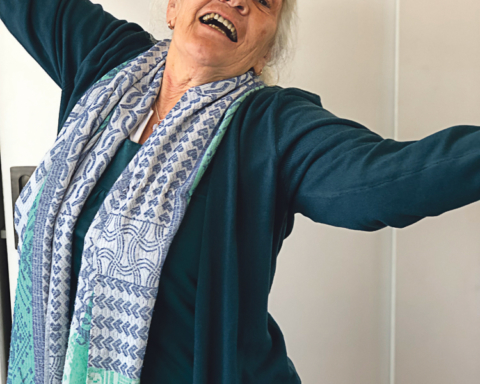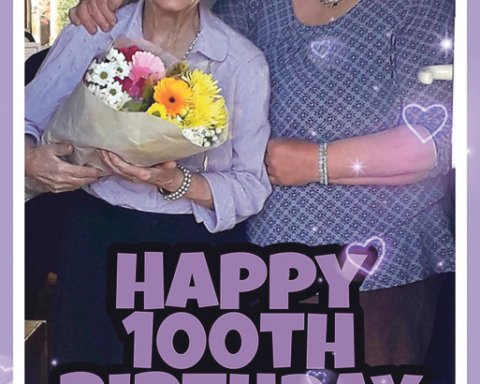Even if you prove it to me I still won’t believe.
Word Blind and Dyslexia
Difficulties in reading aloud amongst some adults was first recognised in 1877 by a German Professor, Rudolf Berlin, and originally called ‘word blind’. He also noticed one or more other symptoms such as poor word and letter recognition, spelling and writing, including the reversal of symbols in maths and written language. Similar abnormalities were observed in children doing well in most subjects except reading and writing, despite having no visual or hearing problems, injury or disease. The syndrome was renamed Dyslexia in line with medical terminology, meaning ‘faulty speech’ but covering a whole range of language disabilities, identifying speech sounds and relating them to letters and words (decoding). Learning problems remain largely under the jurisdiction of the medical profession until half way through the last century.
Reversal of symbols (Strephsymbolia)
New medical jargon emerged such as Strephsymbolia meaning directional problems left/right, up/down and mirror imaging and Dyscalculia, referring difficulties with maths concepts like counting, and calculating size and quantities. Not all reading experts agreed that Dyslexia existed, describing it as a pseudo medical diagnosis driven by middle class parents as an excuse for their child’s learning difficulties. Speech problems are sometimes the first signs of Dyslexia in young children and other learning difficulties become more apparent when they start school. In the past the children were often labelled dumb, lazy, or unteachable and frequently humiliated for making mistakes. Not all health professionals, teachers or parents understood why some intelligent children had poor language skills or maths concepts.
Modern Technology
Interest in Dyslexia spread to other European countries and the United States, with England becoming a leading advocate for research into why some seemingly bright children failed to read and write. Dyslexic and Word Blind Institutions appeared in different counties and worked together with Education Authorities to address learning difficulties particularly in literacy. Modern brain scanning techniques have revealed that the brains of people with Dyslexia are ‘wired up’ differently to the average person. However many critics were still in denial.
Phonics or Read for Meaning Teaching Methods
The next great debate was how to address the literacy problem. By 1950’s most countries used a wide range of approaches for all children. Unfortunately not all educationalists could agree as to whether children should be taught the sounds of letters (phonics) and individual words first, or the whole sentence system which involved a certain amount of guess work from the meaning of the text by looking at picture books with simple captions. Those with the ability to sound out words, visualize and remember words, quickly learned regardless of which system was used.
Meanwhile across the board between 10% and 20% of the population continued to struggle with basic reading, writing and spelling skills. Dyslexia is found more frequently amongst males, and often runs in families. It is also quite common amongst left handed children. In New Zealand until recently there was a reluctance to label a person Dyslexic. The use of phonics was not recommended for early reading instruction. Fortunately today there is less stigma attached to the term Dyslexia. With better diagnostics techniques and multisensory teaching methods, and acknowledging visual limitations, auditory confusion and poor coordination skills, more people can reach their full potential and avoid the struggles and humiliations of the past. Meanwhile computer technology has enabled a better understanding of learning disabilities, and many more people to become successful.
The Future
The inability to visualize words in the ‘mind’s eye’, was a phenomenon which was first described in 1850 by the English psychologist Sir Francis Galton. It has remained largely unstudied until 2015 when it was called Aphantasia from the Greek ‘without imagery’.
It appears that between 1% and 3% population are unable to recall words or pictures in their mind. While many people diagnosed with dyslexia also have Aphantasia, it also occurs in people with no learning disability. The research is still in its infancy, and hopefully will shed further light to understand why certain intelligent people find reading and writing difficult. We have come a long way since the term ‘word blind ’was described by the early pioneers of reading disabilities.
Thank Google for Spell Check!
Pauline Abrahams








